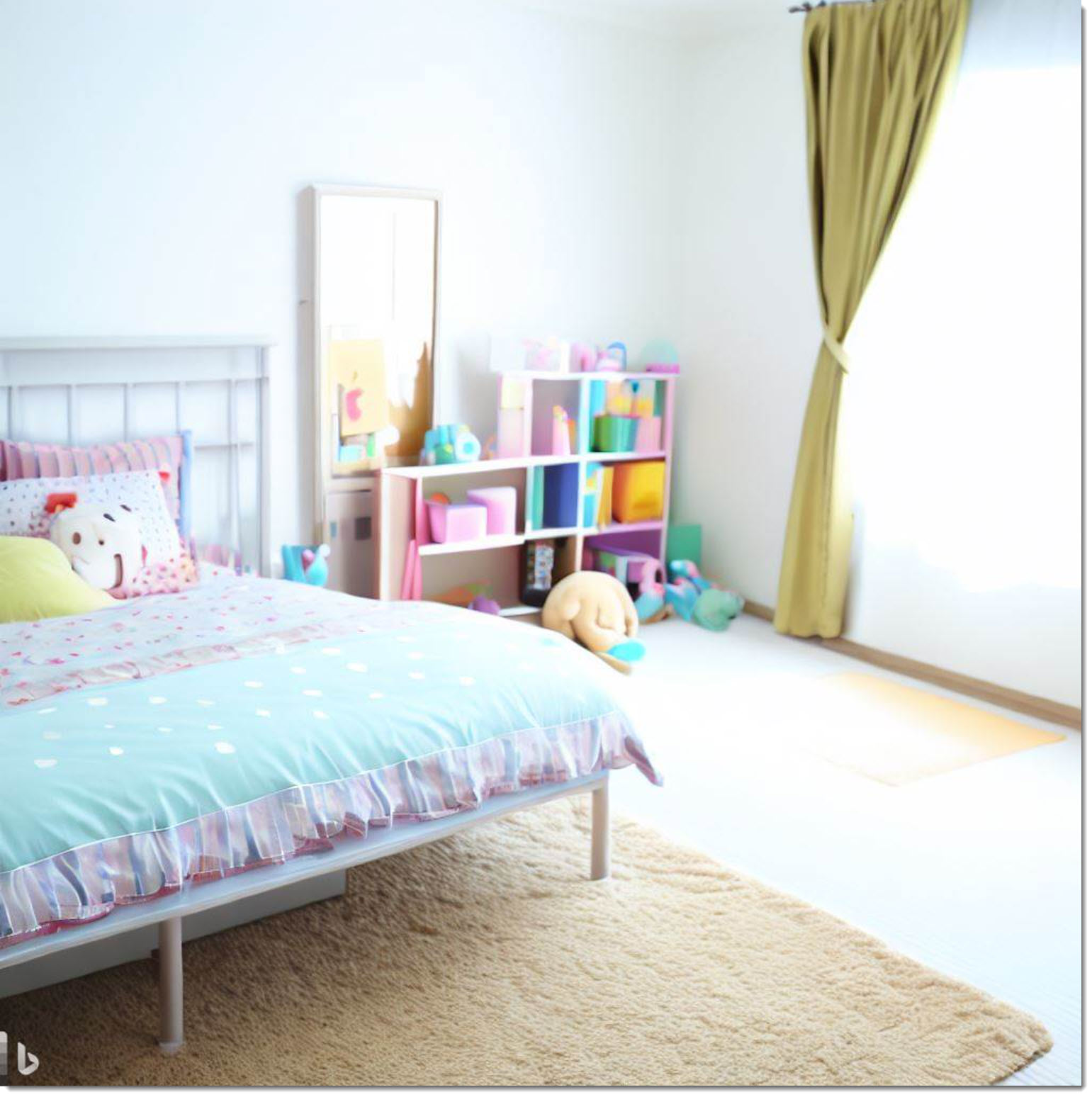Making Your Bedroom Earthquake-Ready
Posted by James on 06-05-2023

Living in an earthquake-prone region comes with the responsibility of being prepared for unexpected seismic activities. While it may not be possible to entirely earthquake-proof your home, taking precautions and making certain modifications can significantly enhance the safety of your living spaces. In this article, we will focus on making your bedroom a secure haven during an earthquake. By implementing a few simple steps, you can minimize the risks and ensure your well-being in the event of a seismic event.
FURNITURE PLACEMENT
One of the primary concerns during an earthquake is the risk of furniture toppling over and causing injuries. Secure large furniture pieces, such as bookshelves, wardrobes, and dressers, to the walls using brackets or straps. Anchor your bed frame to the wall or the floor to prevent it from shifting. Avoid placing heavy items, like mirrors or artwork, directly above your bed.
BED SAFETY
Your bed can provide a safe space during an earthquake. If you have a choice, opt for a low-profile bed with a sturdy frame. Avoid placing your bed near windows, as shattered glass can pose a significant hazard. Position your bed away from heavy light fixtures or ceiling fans to prevent them from falling on you during tremors.
CLEAR ESCAPE ROUTES
Maintain clear pathways in and around your bedroom to ensure a quick and easy escape in the event of an emergency. Keep clutter to a minimum and avoid storing items under your bed. This will not only reduce the risk of tripping but also prevent objects from falling on you during an earthquake.
SECURE WALL HANGINGS
Securely mount any wall hangings, such as picture frames, mirrors, or shelves. Use earthquake-resistant picture hangers and fasteners to minimize the chances of these objects falling and causing injury. Avoid hanging heavy items directly above your bed or other areas where you spend a significant amount of time.
EMERGENCY SUPPLIES
Prepare an emergency kit and store it within reach of your bed. Include essentials such as a flashlight, extra batteries, a portable phone charger, a first aid kit, a whistle, and a dust mask. Familiarize yourself with the location of the nearest emergency exit and keep a copy of your home's floor plan handy.
EDUCATE YOURSELF
Take the time to educate yourself and your household members about earthquake safety and response procedures. Understand the "Drop, Cover, and Hold On" technique, which involves dropping to the ground, taking cover under a sturdy piece of furniture, and holding on until the shaking stops. Practice this drill regularly to ensure it becomes second nature.
CONCLUSION
When it comes to earthquakes, every precaution counts. By implementing these measures and making your bedroom a safe haven, you can reduce the risks associated with seismic events. Remember, preparedness is key. Take the time to assess and reinforce other areas of your home as well, and encourage your loved ones and neighbors to do the same. Together, we can minimize the impact of earthquakes and prioritize safety in our living spaces.